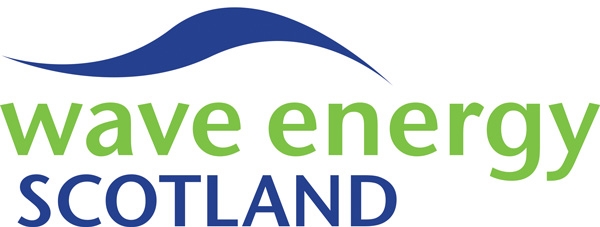Lead contractor
Industrial Doctoral Centre for Offshore Renewable Energy
Sub-contractor(s)
Anthony Gray
Overview
Wave energy developers have found that an O&M simulation model is an extremely useful tool for three primary reasons:
- At early stages of development, an O&M model can help identify critical components which would have the biggest impact on array performance, thus providing feedback into the device design
- The tool provides estimates of array availability, revenue and operational expenditure which helps to refine Levelised Cost of Energy (LCOE) calculations
- As device development moves towards real sea testing, the tool can assist in planning aspects of the O&M strategy for future arrays.
WES now has an O&M simulation model which was developed by Anthony Gray through his EngD research project. This project was sponsored by WES through the Industrial Doctoral Centre for Offshore Renewable Energy.
The model is now available for download and is supported by full explanatory documentation to make it ready for use and further development by the sector. WES would like to receive feedback on the tool and would welcome sharing of further user developments to extend this open source resource.
This Microsoft Excel-based O&M tool uses the Monte Carlo method to simulate the occurrence of faults on each device in a wave energy array by utilising failure rate data. All the components of the device are represented by fault categories, assigned following a Failure Modes and Effects Analysis (FMEA) of the wave energy converter (WEC).
The user can choose whether certain faults can be repaired whilst the WEC is offshore, or if all faults require the device to be towed to the safety of a sheltered quayside or onshore O&M base for repair. This ‘reactive’ maintenance modelling is coupled with the option to include modelling of ‘proactive’ routine servicing of WECs. Maintenance parameters, such as repair times and parts costs, are defined by the user, as are other aspects of the O&M strategy, such as weather limits for marine operations.
The model utilises a time series of weather conditions in order to assess windows of accessibility and calculate revenue generated by the array at each time step. The model simulates the array lifetime as realistically as possible by enforcing logistical constraints, including technician availability and quayside access. A full breakdown (per device and per year) of outputs including availability, revenue and operational expenditure is presented, as well as a table attributing costs to each fault category.
The following documents will assist with running the model:
- User Guide
- Functionality Report
- Weather simulation (included in the "User Guides" download)
- O&M Model Modification Log
O&M Tools and User Guide
June 2017
This documentation provides an Excel-based tool for simulating the operations and maintenance (O&M) phase of wave energy arrays, and its associated user guide. The tool is intended to provide developers of wave energy technology with the framework to estimate operational expenditure and undertake sensitivity studies into the design of their devices and O&M strategies.
The user guide document highlights areas which need to be modified when analysing a specific wave energy converter.
The following software files are also included in the supplied documentation:
- O&M Model – User Version (Empty version - filename: wes_om-model-empty.xlsm)
- O&M Model - Pelamis P2 Case Study (Populated with Pelamis P2 inputs - filename: wes_om-model-p2-v20.xlsm)
- Weather Simulation Model (filename: farr-point-data-markov.xlsm)
- Example Weather Store File (filename: fpt-2-year-store.xlsx)
The file now contains Version 2 of the O&M Model, see O&M Model Modification Log for details.
Pelamis P2 Case Study
June 2017
An example case study using the operational data from the Pelamis P2 device.Weather Simulation Report
June 2017
This report details the logic, algorithms and validation process of a Markov-based model which has been created to provide an Operations and Maintenance (O&M) simulation tool with a realistic time series of weather conditions.
This enables the tool to assess weather windows suitable for marine operation and calculate revenue generated by a wave energy array.
Functionality Report
June 2017
This report details the purpose and functionality of an Excel-based tool for simulating the operations and maintenance (O&M) phase of wave energy arrays. The tool is intended to provide developers of wave energy technology with the framework to estimate operational expenditure and undertake sensitivity studies into the design of their devices and O&M strategies.
Every aspect of the code which forms the basis of the tool is described in detail. An index is provided from page 155 as a form of reference guide for the document.

